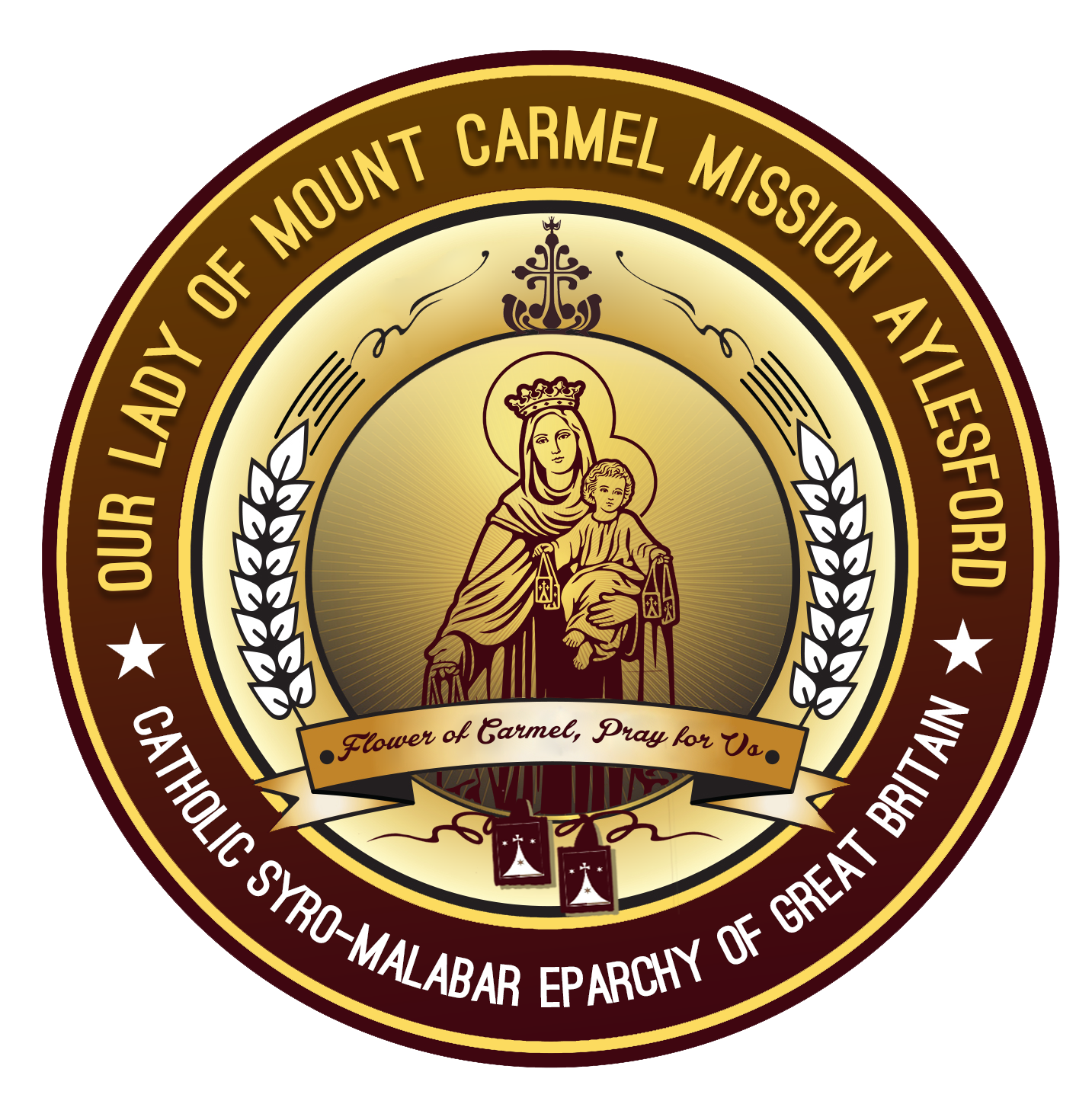
SYRO MALABAR EPARCHY OF GREAT BRITAIN
Kerala’s Christian presence (18% of 34.8 Million over the geographical area of 15,005 Square Mile) has immensely contributed to the overall development of the State, especially in the areas of education and health care. This has encouraged the young people to migrate to other parts of India and the World in search of better job opportunities. Today, there are significant number of Syro-Malabar faithful in the Middle East, the US, the UK, Ireland, Australia, New Zealand, and the African Countries. During the 1960s and 70s, small numbers of professionals migrated to the UK from Kerala, and found work in the NHS as well as other occupations.
The next distinctive phase of migration of Syro-Malabar communities from Kerala to the UK occurred from 2000 onwards. Many families had migrated from the Middle Eastern counties at this time as well. With the help of the Syro-Malabar priests working in the Latin parishes or studying at various universities, communities were formed. At present we have around 8000 families in Great Britain, mostly belonging to the age group of 30-40. We thankfully remember the local ordinaries and parish priests who welcomed the Syro-Malabar families and provided them with pastoral care and support.
‘Erga Migrantes Caritas Christi’
‘Erga Migrantes Caritas Christi’, Holy Father John Paul II’s instruction on the pastoral care of migrants, observes the growing number of Eastern Rite Catholics in the Western World and their duty and right to follow their liturgical tradition. ‘Eastern Rite Catholic migrants, whose numbers are steadily increasing, deserve particular pastoral attention. In their regard we should first of all remember the juridical obligation of the faithful to observe their own rite everywhere insofar as possible, rite being understood as their liturgical, theological, spiritual and disciplinary heritage (cf. CCEO Can. 28, §1 and PaG 72).’
St Alphonsa Cathedral
On 28 July 2016, our Holy Father Pope Francis established the Syro-Malabar Eparchy of Great Britain (for England, Scotland & Wales), with its see in Preston at St Alphonsa Cathedral (formerly St Ignatius Church, Preston). Among the 32 Eparchies of the Syro-Malabar Church, Eparchy of Great Britain for the Syro-Malabars is the third outside of India. The Syro-Malabar Church is grateful to the Bishops’ Conference of England and Wales and Scotland for the support to the new Eparchy. Bishop Michael G Campbell of Lancaster was directly instrumental in the establishment of the Eparchy. There are 181 Mass centres for the new the Syro-Malabar Eparchy of Great Britain to serve nearly 38,000 Syro-Malabar Catholics in Great Britain. Currently, there are 84 priests working for the community in England, Wales and Scotland. The new eparchy is rich in terms of the human resources and the active liturgical and spiritual life of the faithful. Our main attention will be to facilitate the growth of the communities to achieve even greater heights. We are in the process of setting up key ministries for the co-ordination of people and resources.
SYRO MALABAR CHURCH
The Syro-Malabar Catholic Church is a Major Archiepiscopal Church in full communion with the Apostolic See of Rome. The Church is headed by the Major Archbishop of Ernakulam-Angamaly, Mar George Cardinal Alencherry. It is one of the 23 sui iuris (autonomous) Eastern Catholic Churches in the Catholic communion. It is the second largest Eastern Catholic Church, the largest being the Ukrainian Catholic Church. The Syro-Malabar Church follows the East-Syrian liturgy, which dates back to the 3rd century.Known for its deep-rooted spirituality and high rate of vocations to the priesthood and religious life, the Syro-Malabar Church is perhaps the most vibrant Catholic Church in the world, with over four million believers and a rich and fascinating history.Syro-Malabar Catholics, also called “St. Thomas Christians”, trace their origins and faith to the missionary efforts of St. Thomas the Apostle, who landed at Kodungallur in Kerala, India, in 52 AD. St. Thomas was martyred at Mylapur, Chennai, India, in 72 AD, after preaching and establishing Christian communities in different parts of India.Until the late 16th century, Bishops were appointed and sent by the Patriarch of the East Syrian Church, who governed the St. Thomas Christians. However, the arrival of the Portuguese in India marked a new era in the life of the Church. Hierarchically all were brought under the rule of the Latin Bishops after the Synod of Diamper.

